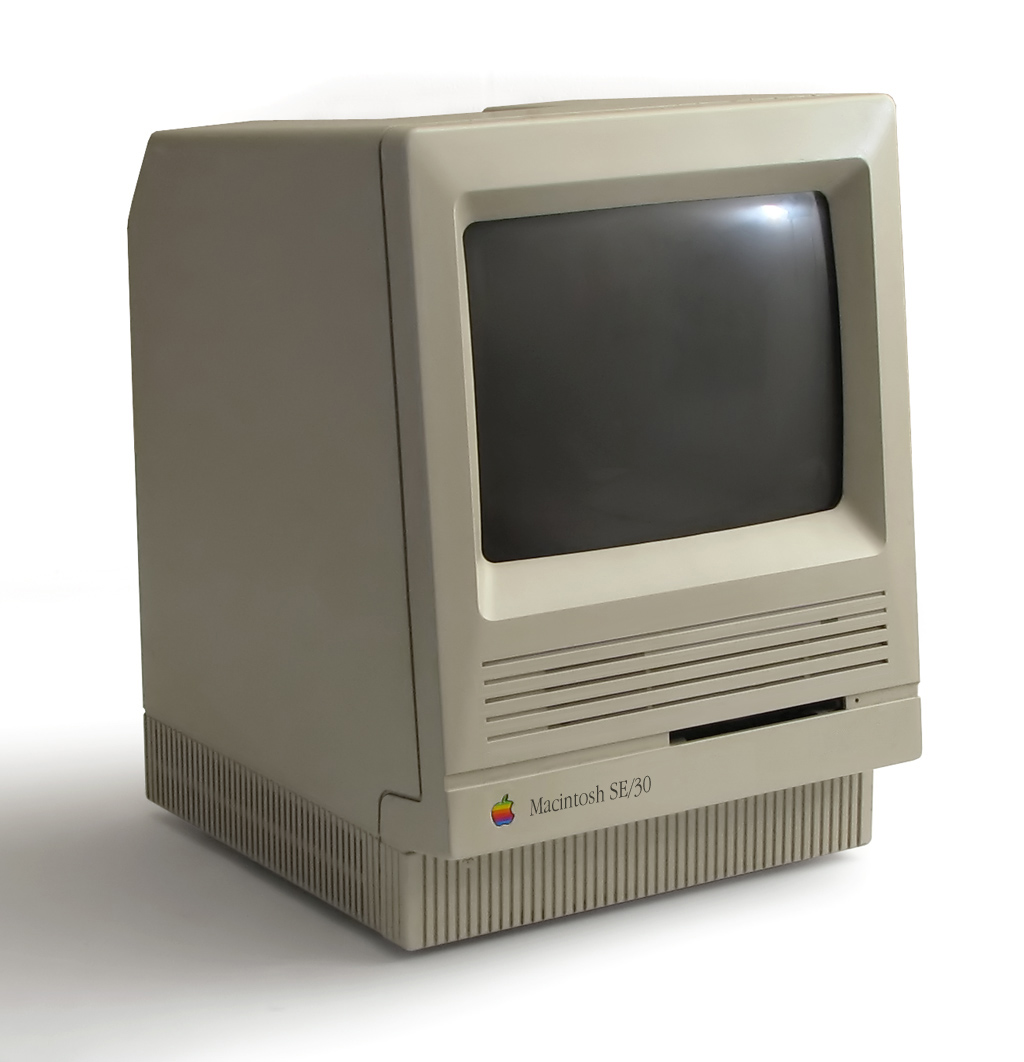The craftsman created a WiFi module for Macintosh SE / 30, 1989 models

Many geeks are engaged in the modification of outdated or even almost antique devices that were once popular, but went into oblivion due to the swiftness of technical progress. One such device was Apple’s Macintosh SE / 30 system . Some call it the best computer ever created by a corporation.
Indeed, the capabilities of the system (about them a little lower) amazed the contemporaries. So, 30 years ago, this computer supported a memory size of 128 MB. Because of its capabilities, the system has become so popular with users that many of its fans did not abandon a morally and physically obsolete computer, but continued to work with it. True, most modern work tasks cannot be solved with its help, but you can experiment with iron.
The craftsmen expanded the capabilities of the system with various tricks, and now WiFi has been added to the Macintosh SE / 30. This was done not with the help of the “raspberry”, but with the help of the created Ethernet-to-WiFi bridge. After connecting the module to Danaport Ethernet, it was possible to “teach” the old computer to see the latest wireless networks.
Actually, adding WiF to an old PC is not something terribly new - it has been done before, although with the help of Raspberry. Now the situation is different - the master has developed an almost native WiFi module that works without problems in the environment of the old operating system on a machine that has turned 30 years old.
Naturally, in order for WiFi to appear, you need the appropriate driver and software. A user with the nickname [ants] was able to write both, and another ( GitHub ).
The problem with the Vonets WiFi card is that it needs to be configured from the browser. But since modern browsers on old Macs do not work, you have to find a way out. In the current case, an extension was developed that auto-tunes the Vonets map. The principle of operation of the extension is similar to the principle of operation of the modules that are responsible for setting up WiFi in modern "poppies", and even in the toolbar a wireless network icon appears.
Of course, the project itself was made just for fun, because what new features and capabilities can a wireless network add to a computer 30 years ago? Practically, no. Perhaps some pages will be able to open iCab, but even the Google homepage will open extremely slowly. Moreover, HTTPS will not work, just like Javascript.
So, it will only open the simplest pages, perhaps those that are designed to recreate the atmosphere of the Internet of the 90s. An example of such a page can be found here .
As for the Macintosh SE / 30, this is a personal computer, which was developed by Apple Computer Inc. and was sold from 1989 to 1991. This is the fastest model in the series of original black and white Macintoshes. This model had a black and white monitor, as well as support for third-party accelerators, network cards and display adapters.
Officially, he supported 32 MB of RAM, but the memory could be increased to 128 MB. At that time it was a lot. The system was installed hard drive capacity of 40 or 80 MB. In addition, this "Macintosh" was a drive for 1.44 floppy disk, and it was the first model with support for floppy disks of this type.

The model name was not chosen by chance. The fact is that the company used the letter “x” as a sign of the presence of a 68030 processor. But after the Macintosh SE was updated, and such a processor became part of its configuration, the model would be called “Macintosh SE / X”, which that time is quite defiant (and even now many companies would not call their devices that way). Therefore, it was decided to choose the name "SE / 30".
The model was produced until 1991, after which it was replaced by Macintosh Classic II. By the way, it was a less successful model, since with a practically similar configuration it was 40% slower than its “ancestor” because of the 16-bit system. Only 10 MB of RAM was supported, there was no expansion port.
